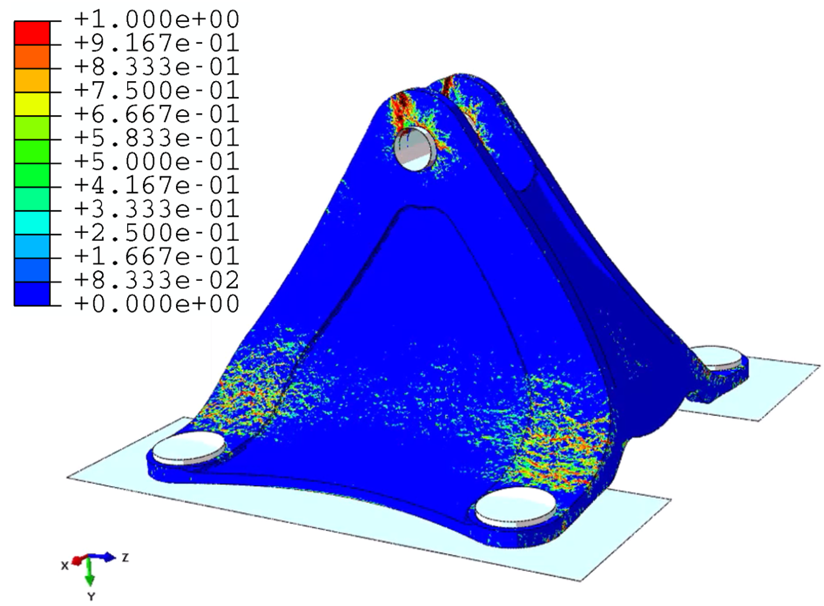
The overarching goals of the proposed study are a) to characterize, in-situ, the main failure mechanisms occurring in thermoset and thermoplastic Discontinuous Fiber Composites (DFCs), b) to develop a physically-based modeling approach that will ultimately lead to a certification process for DFC materials and structures based primarily on analysis, supported by relatively modest experimental verification, and c) to develop technical guidance suitable for inclusion in the CMH-17 Handbook.
To characterize the failure mechanisms in DFCs and to observe the damage evolution in DFCs, PIs will take advantage of a state-of-the-art dual source X-ray CT scanner. This will allow in-situ inspection of DFC’s micro-structures at a resolution of microns, potentially unveiling the unique mechanisms of damage formation in DFCs. Based on the information provided by the proposed experimental tasks, numerical analysis of the main failure mechanisms of DFCs will be conducted. This will ultimately lead to the development of a physically-based failure model for intra-laminar and inter-laminar damage in DFCs. Once validated, the proposed computational and experimental framework can be used to provide insights and guidelines for the efficient non-destructive inspection of DFC structures.

- A Probabilistic Model for Fracture and Scaling of Platelet Reinforced Composites
- Certification of Discontinuous Composite Material Forms for Aircraft Structures
- Certification of Discontinuous Composite Material Forms for Aircraft Structures
- Certification of discontinuous composite material forms for aircraft structures
- Certification of discontinuous composite material forms for aircraft structures
- Certification of discontinuous composite material forms for aircraft structures
- Certification of discontinuous composite material forms for aircraft structures
- Characterization and computational modeling of the fracture behavior in discontinuous fiber composite structures
- Experimental and numerical characterization of the intra-laminar fracturing behavior in discontinuous fiber composite structures
- Experimental and numerical investigations of stochastic thickness effects in discontinuous fiber composites
- Fracturing behaviors in discontinuous fiber composite structures with different thicknesses
- Investigation of Platelet Size Effect on Fracturing Behavior of Discontinuous Fiber Composite
- Investigation of platelet size effect on fracturing behavior of discontinuous fiber composite
- Stochastic computational modeling of the fracturing behavior in discontinuous fiber composite structures
- Toward a probabilistic model for fracture and scaling of discontinuous fiber composites
- Effect of the platelet size on the fracturing behavior and size effect of discontinuous fiber composite structures
- Effect of the thickness on the fracturing behavior of discontinuous fiber composite structures
- Effects of average number of platelets through the thickness and platelet width on the mechanical properties of discontinuous fiber composites
- Repurposed Discontinuous Fiber Composites for industrial applications: Effects of average number of platelets through the thickness, platelet length, and hybridization on flexure properties
- Effects of aging on the mechanical and fracture properties of chopped fiber composites made from repurposed aerospace prepreg scrap and waste
- Discontinuous fiber composites strength and stiffness study
- Experimental and Numerical Investigation of The Mechanical Behavior of Discontinuous Fiber Composite Structures Under Multi-axial Loading
- Investigating the Fracture Behavior and Damage Mechanisms of Discontinuous Fiber Composites Under Significant Out-Of-Plane Loading
- Micromechanical Analysis of Manufacturing Defects and Degradation in Recycled Discontinuous Fiber Composites
- Manufacturing and preliminary failure analysis of discontinuous fiber-reinforced composites